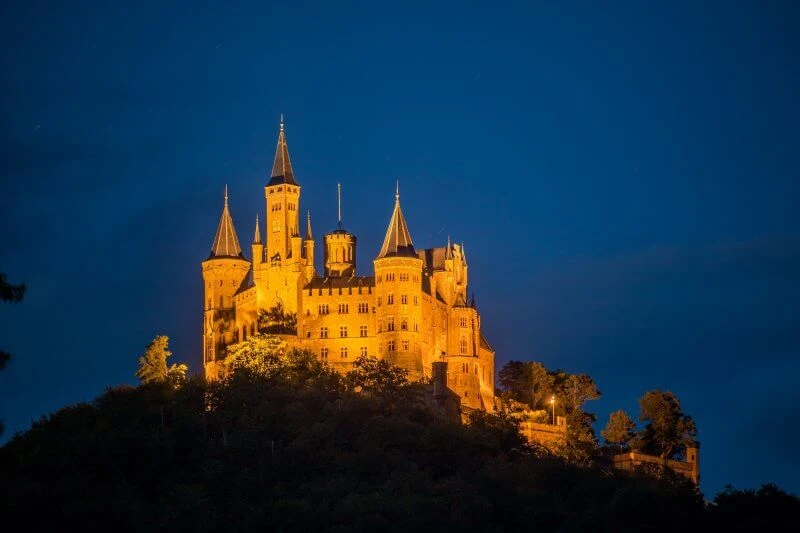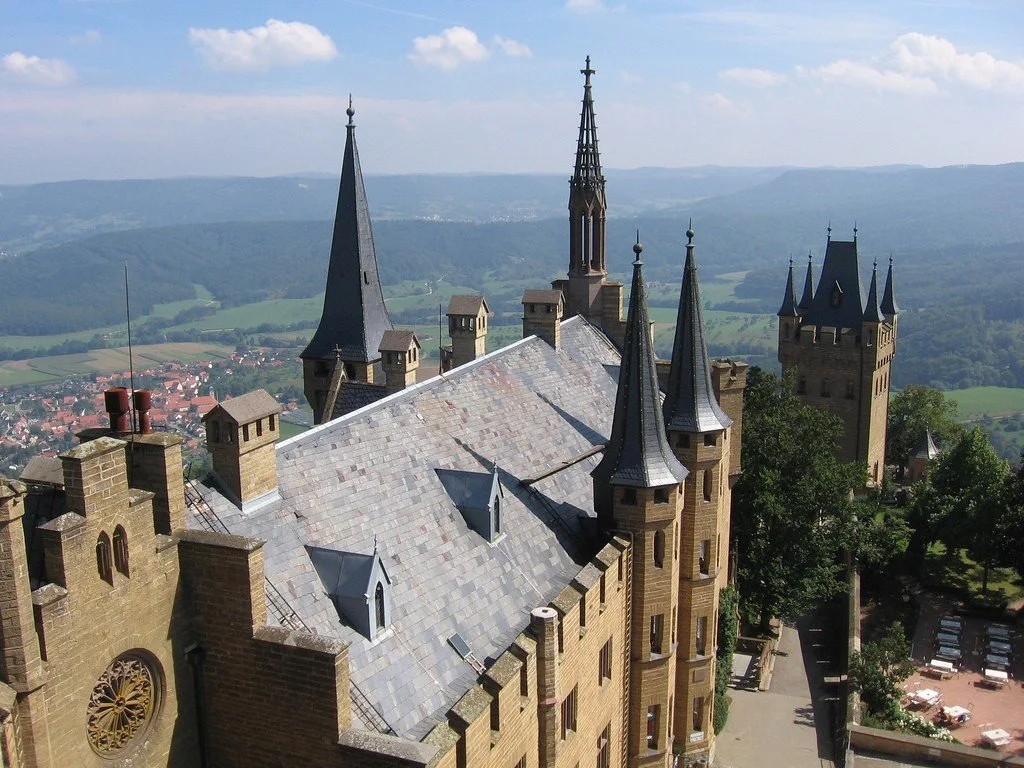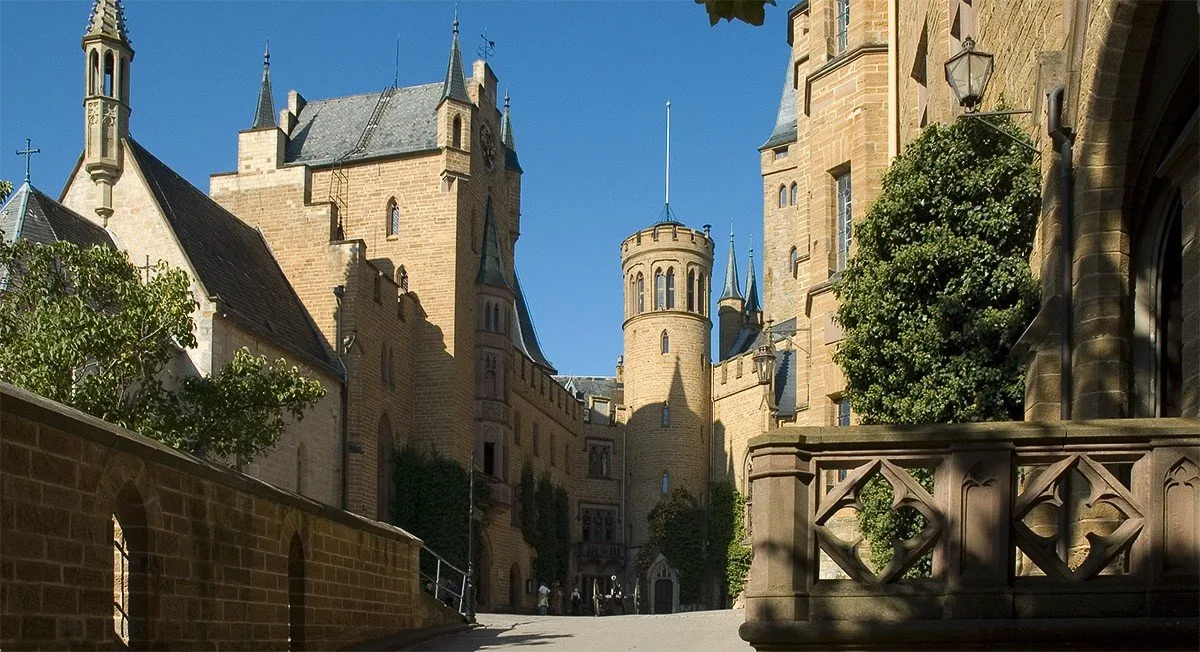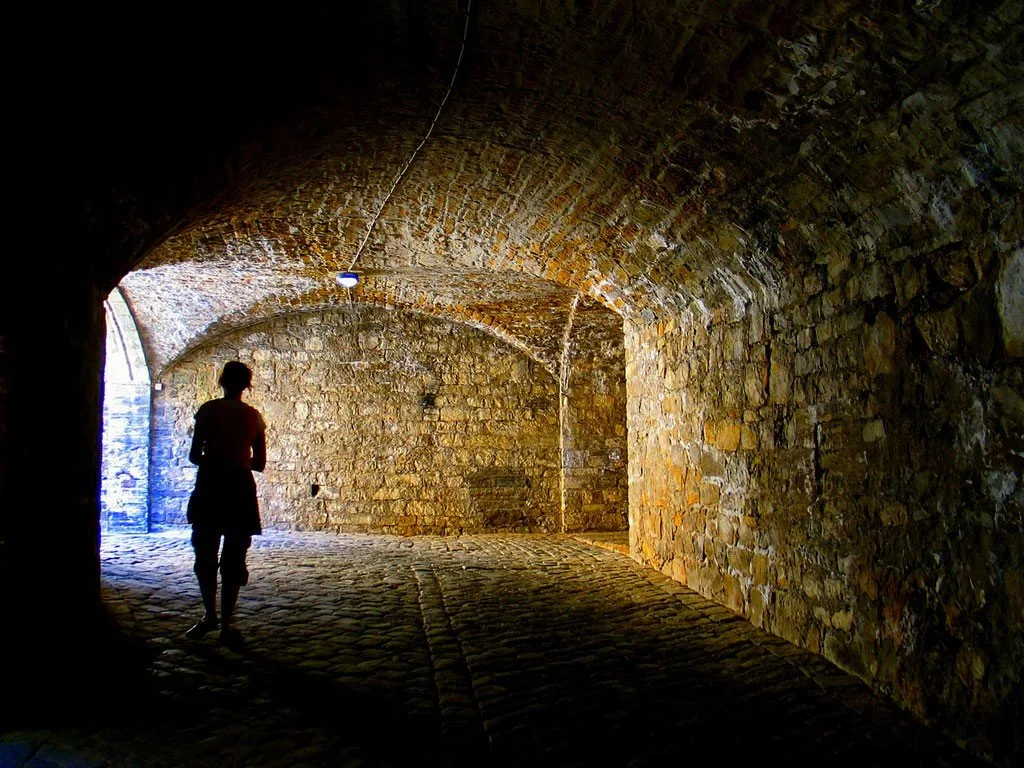Hohenzollern Castle is one of Germany's most recognizable and popular landmarks. Located 50 km south of the city of Stuttgart, the capital of the federal state of Baden-Württemberg, for a long time it was the family home of the powerful Hohenzollern dynasty, which ruled the country from the 12th century to 1918 inclusive. Not far from the ancient castle-fortress are the settlements of Bisingen and Hechingen, and he himself is located on the top of the Hohenzollern mountain, which the locals simply call Zoller (or Zollern), majestically “looking” at the surroundings from a height of 855 meters.
 |
| Hohenzollern Castle Germany |
Highlights
The appearance of the Hohenzollern Castle impresses even the most seasoned travelers with its beauty and majesty. No wonder it is considered one of the brightest examples of the German architectural style, which surprisingly harmoniously combines medieval and neo-romantic elements. Tourists who come here on an excursion get acquainted with the rich history of this castle with genuine interest, admiring the luxury and sophistication of its interiors. The rooms are furnished with expensive antique furniture, there are tapestries on the walls, which you can admire indefinitely, discovering a lot of new things.
 |
| Hohenzollern Castle Germany |
The path to Hohenzollern Castle is not easy: climbing up the steep steps takes about 20 minutes. Overcoming it, one can imagine what difficulties the enemies of the German dynastic family experienced, who repeatedly subjected the impregnable residence to a siege. But then all the difficulties will surely be rewarded a hundredfold, since acquaintance with Hohenzollern will, without a doubt, become one of the most striking events of your life, which you will surely want to repeat when you return here again, and maybe more than one...
From the history of the castle
The first mention of a medieval defensive fortress dates back to 1267. However, researchers have every reason to believe that this castle building was built at the beginning of the 11th century.
During its long history, the residence of the Hohenzollerns was rebuilt three times, having experienced, figuratively speaking, three births. The so-called first castle existed until 1423. In the spring it was surrounded by the troops of the imperial cities of powerful Swabia. This tribal duchy of Germany, to the maximum extent, included the territories of the modern state of Baden-Württemberg, almost all of eastern Switzerland, several historical regions of France, Austria, Italy and all of Liechtenstein. On May 15, 1423, the enemies not only took, but also completely destroyed the Hohenzollern castle - this date became a black day in its history.
 |
| Hohenzollern Castle Germany |
Thirty years later, it was decided to build a new residence on the same spot. The so-called second castle was raised for a long time, from 1454 to 1461. The builders could hardly look into the future, but it so happened that they "guessed" its significance: during the Thirty Years' War of 1618-1648, it was this fortress that played the most important strategic role. Without her, many of the events of that war could have turned out differently. True, in 1634 the Hohenzollern castle was captured by the troops of Württemberg, the Swabian duchy within the Holy Roman Empire. Its then ruler, Eberhard III, representing the dynasty of the House of Württemberg, was very proud of his victory.
After the Peace of Westphalia, which ended the Thirty Years' War, the castle continued to be under the control of the Habsburgs. Hohenzollern survived the next occupation in the winter of 1744-1745, when another war was going on in Europe - for the Austrian inheritance. After the Peace of Aachen in 1748, which put an end to this interstate massacre, the fortress lost its strategic importance and gradually fell into decay. Half a century later, when the last owner moved out, the castle began to literally collapse. By the 19th century, only the chapel of St. Michael, located on its territory, was used for its intended purpose - the castle itself was a ruin.
 |
| Hohenzollern Castle Germany |
However, the fortification, like the Phoenix bird, revolted again. But only not from the ashes, but from the ruins. The inspirer of the new construction was the Prussian monarch Friedrich Wilhelm IV of the Hohenzollern dynasty, who, by the way, was the elder brother of the first emperor of united Germany, Wilhelm I. The construction work went on from 1850 to 1867, they were led by the famous architect of his time, Friedrich August Stüler. The new building, unlike the two previous ones, had a completely different purpose: it became not a strategic object, but a family monument. For this reason, representatives of the dynastic house did not use it as their residence. And so it continued until 1945, until the last crown prince of Prussia and Germany, Wilhelm III, settled here. Here he was subsequently buried - together with his wife, Crown Princess Cecilia.